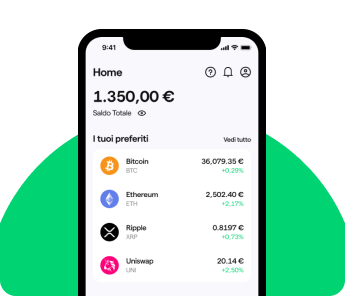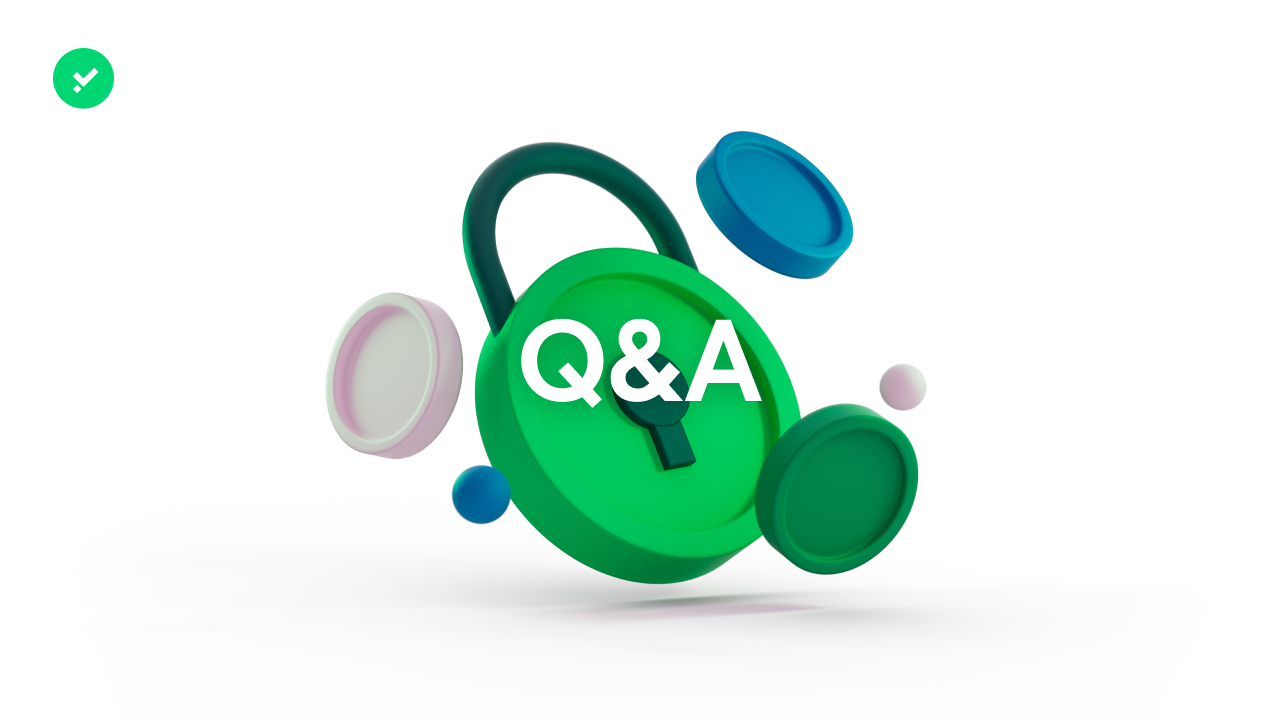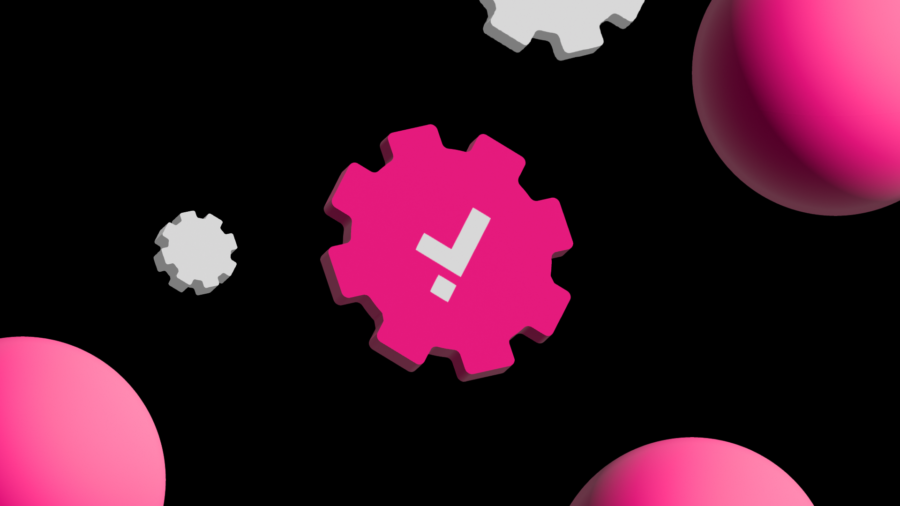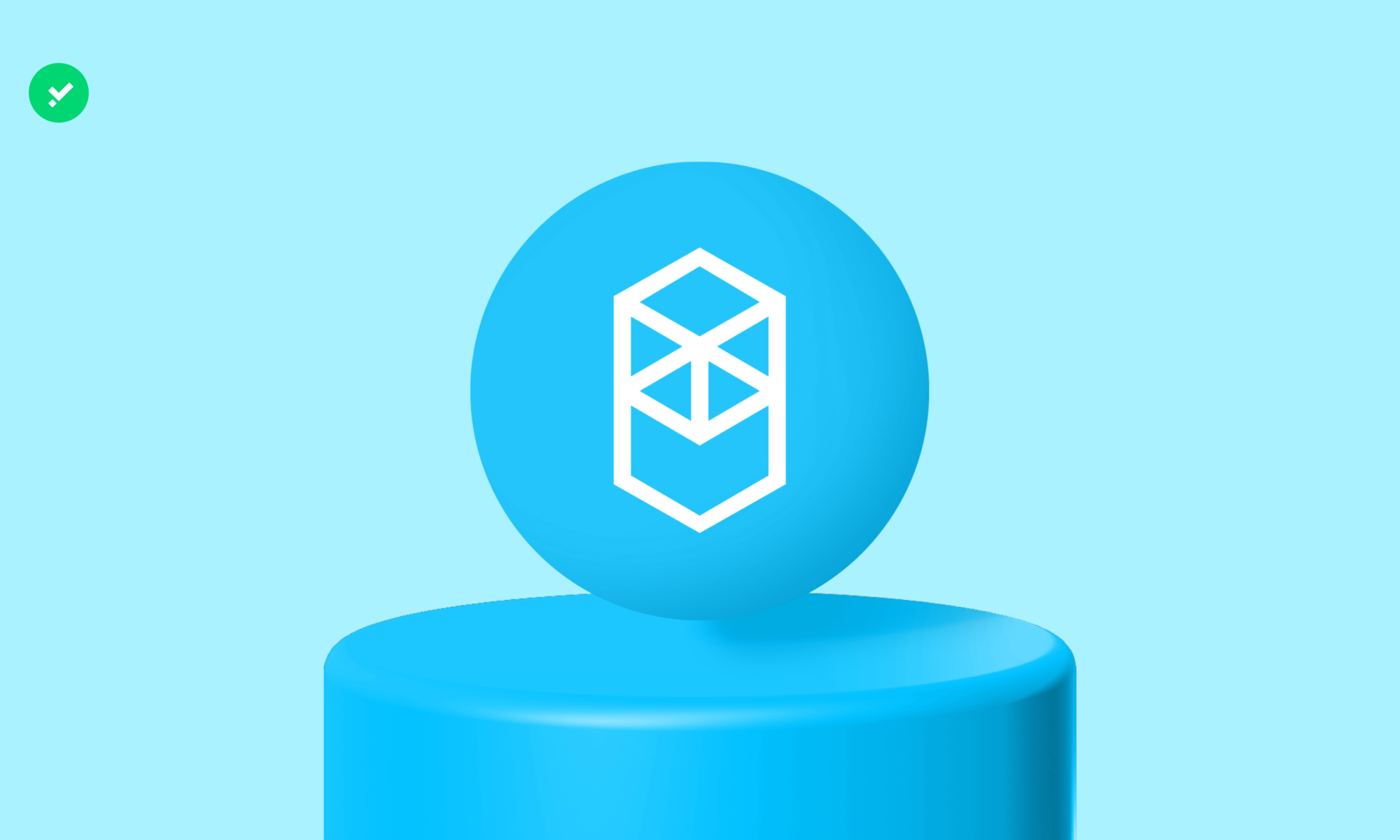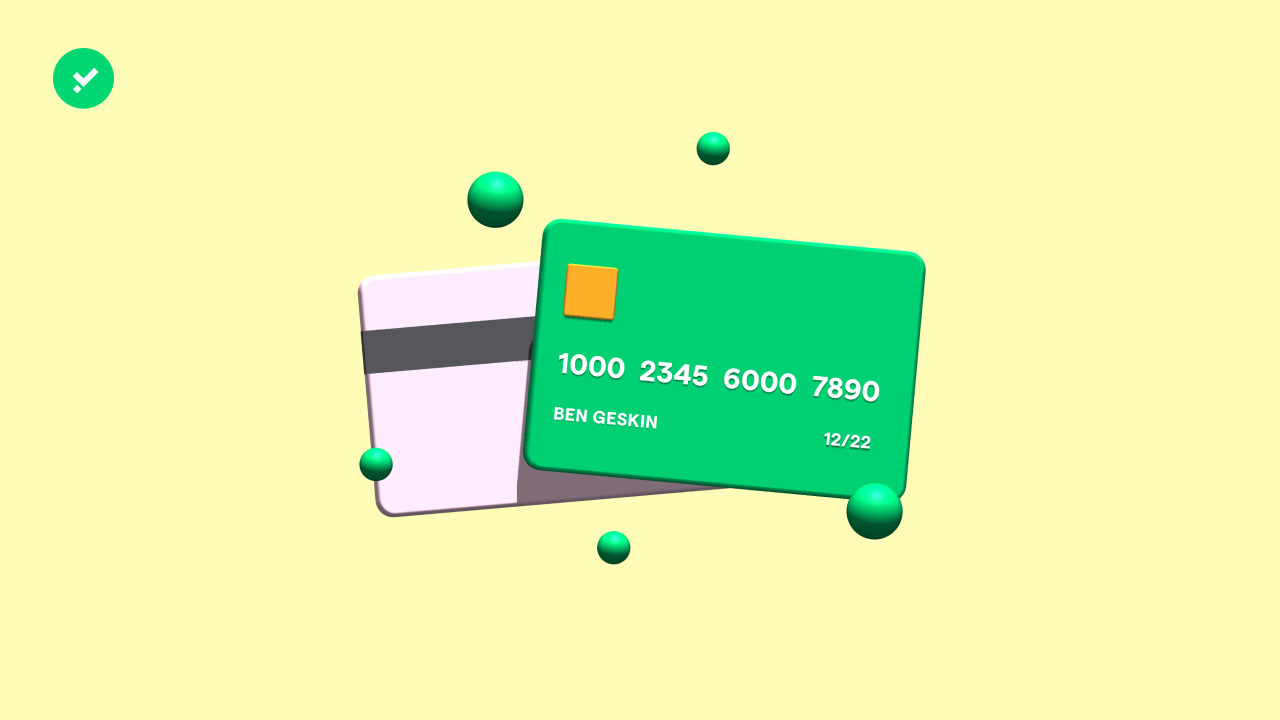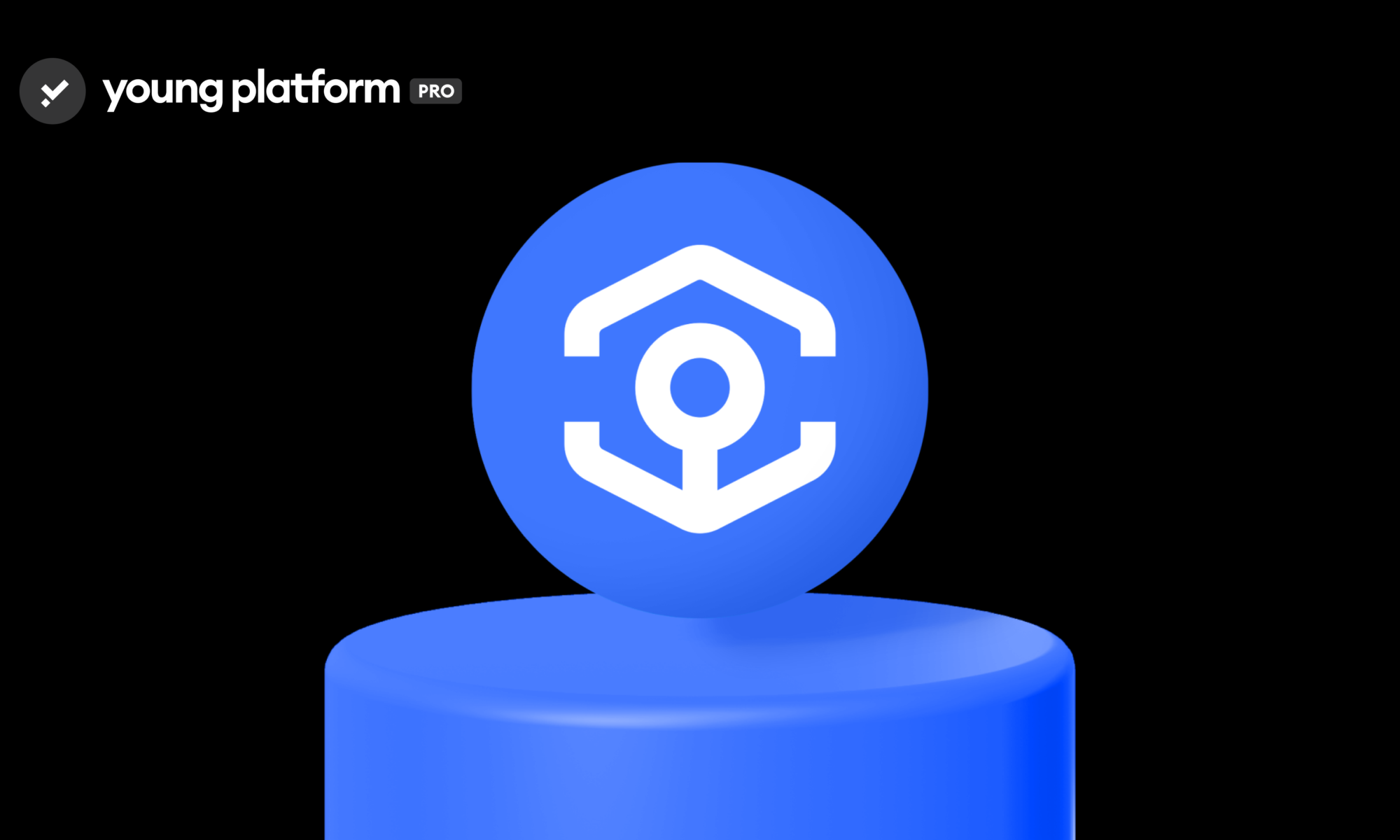What is staking?
Staking is a feature that allows you to bind your cryptocurrencies for a period of your choice in order to receive a reward. This reward is calculated as a percentage of the amount you choose to stake. So the higher the amount, the higher the reward.
How does staking work?
Go to the new Earning Wallet section:
- Choose a currency
Choose one of the available cryptocurrencies
- Enter the amount
Manually enter the amount or click on “Max” if you want to stake the entire balance of a cryptocurrency you have in your Spot Wallet.
- Set the Duration
Select how often you wish to receive the reward: 30 days, 90 days, 180 days.
Keep in mind that for the duration of the staking period you will not be able to use your cryptocurrencies, i.e. you will not be able to sell them or transfer them to other wallets. They will then be ‘locked’ to the Earning Wallet until the end of the staking period.
At the end of the staking period both the amount and the reward will be automatically credited to your Spot Wallet.
How do I get the reward?
In order to receive the staking reward, you need to keep the stake active until the end of the period you chose. For the duration of the staking period, your cryptocurrencies will remain locked in the Earning Wallet, meaning you will not be able to sell or transfer them.
What cryptocurrencies can I stake in the Earning Wallet?
Currently, the cryptocurrencies available for staking are Bitcoin (BTC), Ethereum (ETH) and Tether (USDT).
Can I activate staking more than once on a cryptocurrency?
No, you can only activate a stake at a time with a currency. So you can activate up to a maximum of 3 stakes overall: one on Bitcoin, one on Ethereum and one on Tether.
How long do I have to stake my cryptocurrencies and keep them locked?
Currently, 30 days (1 month), 90 days (3 months), or 180 days (6 months).
Does the reward vary depending on the duration of the staking?
Yes, the longer the duration, the higher the reward.
Since the reward is also calculated based on the amount you enter, the higher the amount, the higher the reward.
In what currency will the reward be issued?
In the cryptocurrency you are staking, so not in euros.
How are the estimated rewards calculated?
Amount selected for staking * annual percentage
Example: I place 3.5 ETH in staking for 1 year with a 3% reward.
After 1 year I will receive 0.105 ETH, so in total I will have 3.605 ETH.
Can I redeem my rewards before the end of the chosen period?
No, you can’t. If you attempt to redeem the reward of a staked amount before the end of the selected period, you will automatically lose the reward achieved.
Does auto-renewal allow me to increase my rewards?
If you activate auto-renewal on a stake, then at the end of the first period, your accumulated rewards will also be staked. This increases the amount of staked tokens and consequently increases the final reward.
Example: I have staked 1.5 BTC for 1 year at 3%, and at the end of the year I have accumulated 0.045 BTC.
With Auto-renewal you will automatically be staking 1.545 BTC. Still with 3%, I will receive at the end of the year 0.04635 BTC.
If the auto-renewal remains active, after the second year of staking, 1.545+0.04635 = 1.59135 BTCs will be staked.
What exactly is staked with auto-renewal?
The same amount you initially selected, plus the reward you have accumulated up to the end of the previous period.
Can I cancel a stake before it ends?
Yes, but you will lose the reward for that stake. It is particularly not recommended to cancel a stake with auto-renewal set, as you may lose all the rewards generated over the months.
Can I set a Recurring Purchase on a stake?
No. It is not possible to set up recurring purchases on the Earning Wallet.
Are there any fees required to activate a stake?
No. Transactions on the Earning Wallet, blocking, unblocking and redeeming rewards for staked amounts is totally free of charge.
Are there minimum/maximum amounts for staking?
Yes, the minimum amounts are as follows
- Bitcoin: 0,00051 BTC
- Ethereum: 0,01 ETH
- Tether: 20 USDT
The maximum amounts are as follows
- Bitcoin: 1 BTC
- Ethereum: 15 ETH
- Tether: 50000 USDT
Can I activate/disable the Auto-renewal at any time?
Yes, however, the option will not be available on a cryptocurrency stake already ended.
Can I activate the Auto-renewal on all my stakes at the same time?
The Auto-renewal must be activated individually on each single active stake.
Is Staking available on Young Platform Pro?
No. The Earning Wallet is only available in the web and app version of Young Platform, basic version.
How is it possible to stake a Proof-of-Work cryptocurrency like Bitcoin?
The functionality is called Earning Wallet precisely because it can include different types of rewards.
The term “staking” is used on our products and in communications to explain the mechanism straightforwardly.
“Staking” is a commercially popular term to refer to the process of locking cryptocurrencies in exchange for rewards.
In fact, the underlying technology of the current Earning Wallet service, thanks to provider Tesseract, allows this cryptocurrency-based functionality to be delivered by providing the same experience as staking, but not as a consequence of Proof-of-Stake.
Can I use the cryptocurrencies in my Moneybox for staking?
No. The amount for staking can only be transferred from the Spot Wallet.. Therefore, if you want to use the cryptocurrencies stored in the Moneybox, you must first move them to the Spot Wallet and then stake them.
How long does it take to credit a Staking Reward?
The credit transfer from the Earning Wallet to the Spot Wallet can take between 1 and 5 working days. Any changes will be communicated in the ‘Staking Details’ section.
How long does it take to credit back the amount when I cancel an active stake?
The credit transfer from the Earning Wallet to the Spot Wallet can take between 1 and 5 working days. Any changes will be communicated in the ‘Staking History’ section.
